Met Office stamps celebrate UK weather service turning 170
- Published

The stamps showcase advances in weather forecasting over the last two centuries, including the Terra Nova Expedition to Antarctica. After his return from Antarctic studying its extreme weather, scientist George Simpson used the data to write an important account of the weather and climate of the continent.
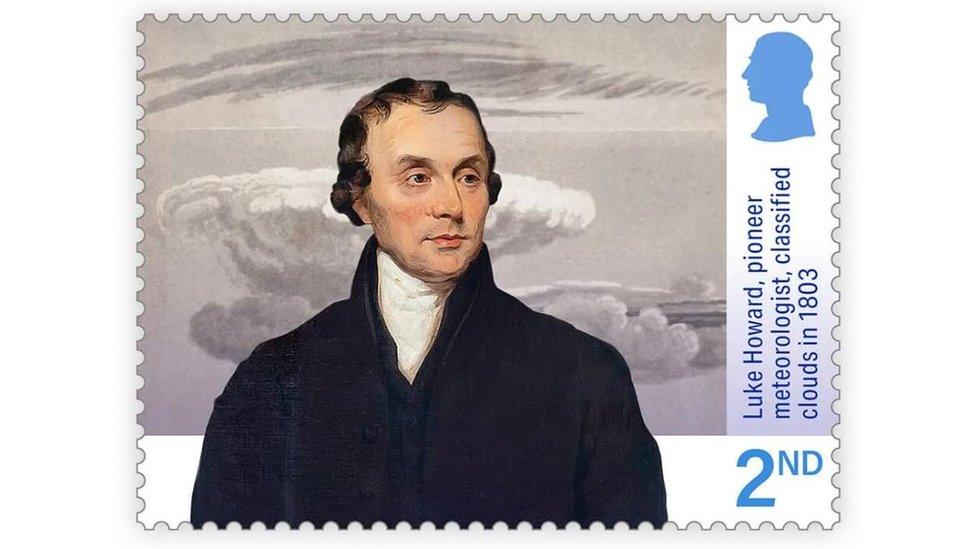
Others show illustrations like this one of pioneering meteorologist Luke Howard, who classified the many different types of clouds into three main types we use today - stratus, cumulus and cirrus. Because of this he is known as 'The Godfather of Clouds'.
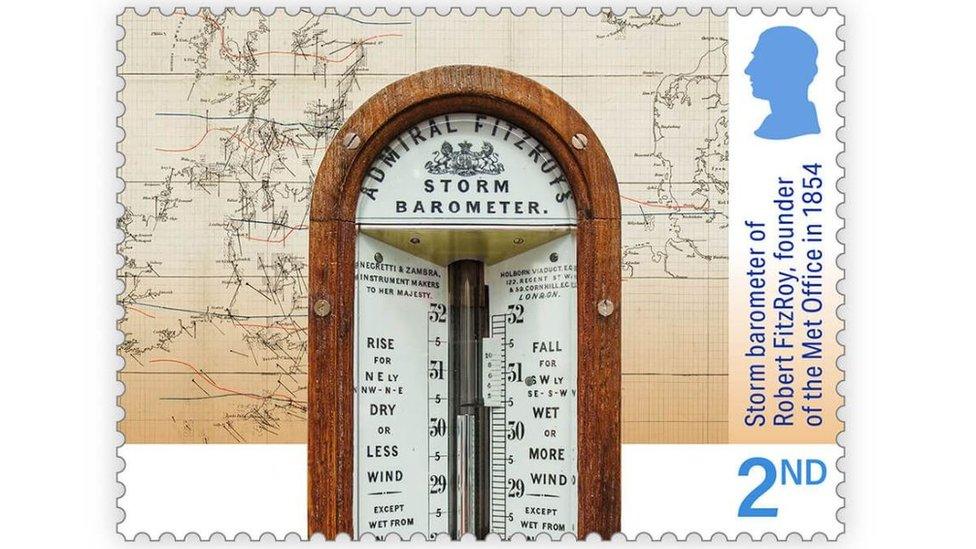
This one honours Robert FitzRoy who had barometers, which measure atmospheric pressure, placed at ports along Britain's coast to help weather forecasting and improve storm warnings for fishermen. He also became the founder of the national weather service - the Met Office.
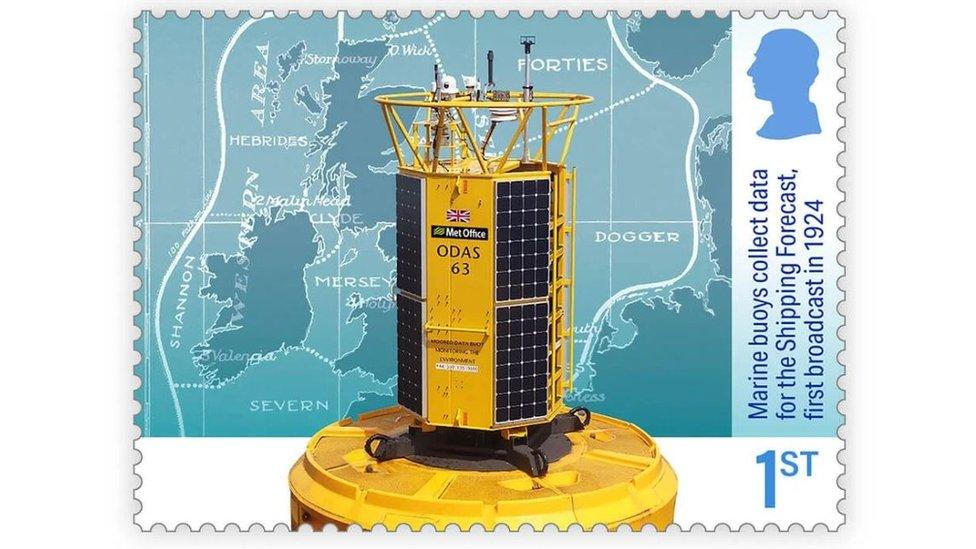
This stamp commemorates the establishment of the Shipping Forecast in 1924, which was first broadcast via Morse code in 1925 and first heard on the BBC in 1925. The Shipping Forecast gives weather reports and forecasts for the seas around the British Isles.
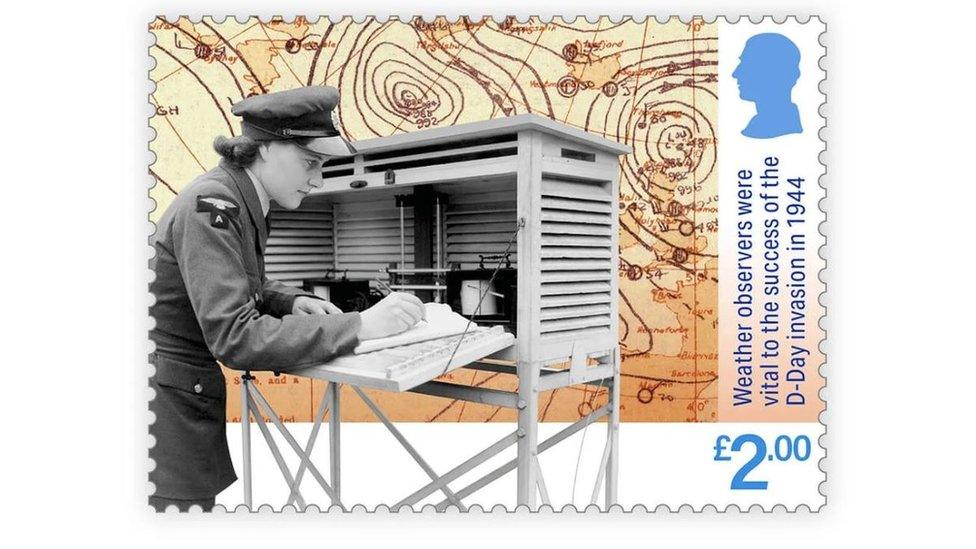
Meanwhile this stamp celebrates forecasting’s critical role in military operations such as D-Day.
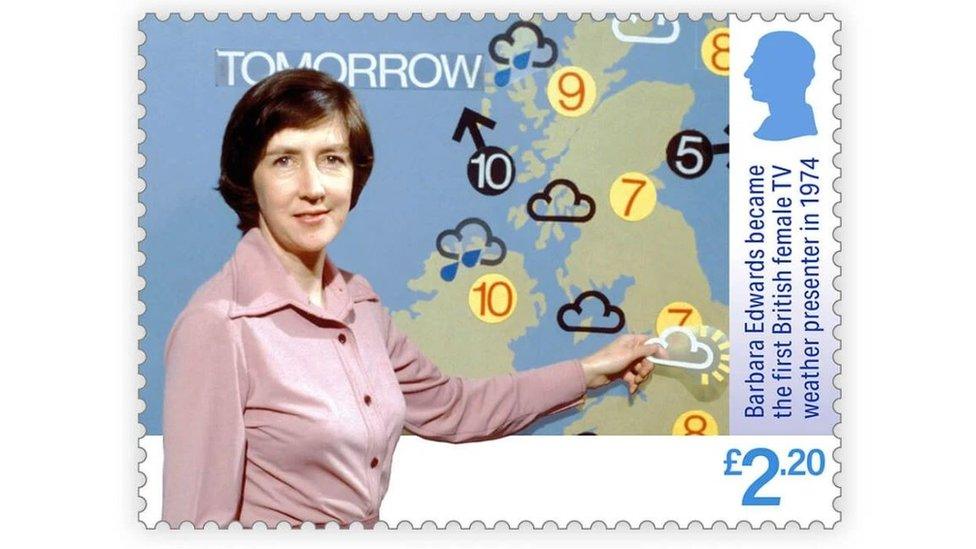
Barbara Edwards, the first British female TV weather presenter also got her own stamp to celebrate her achievements.
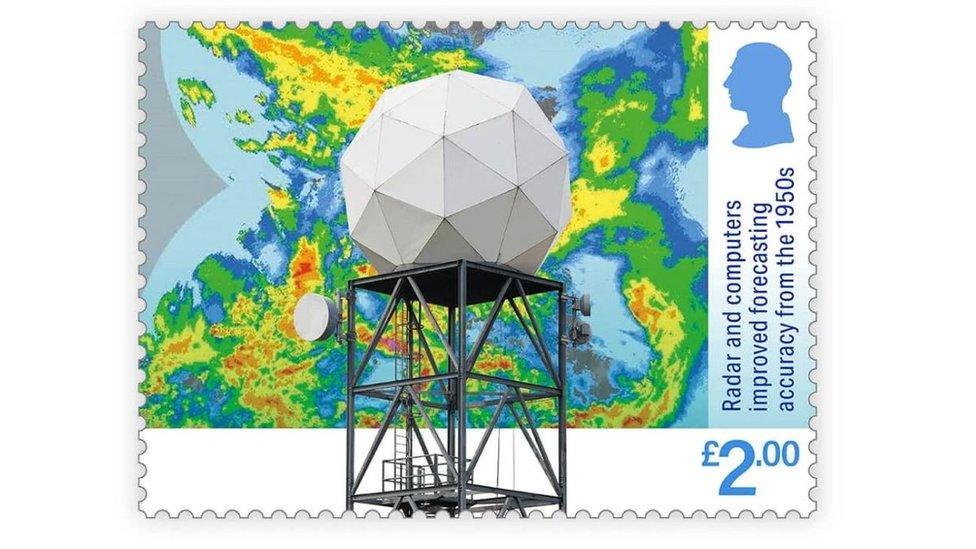
Some of the stamps also show the impact of technology on weather forecasting, with this stamp marking the integration of radar and computers, while another shows how satellites have helped us understand and predict weather patterns.
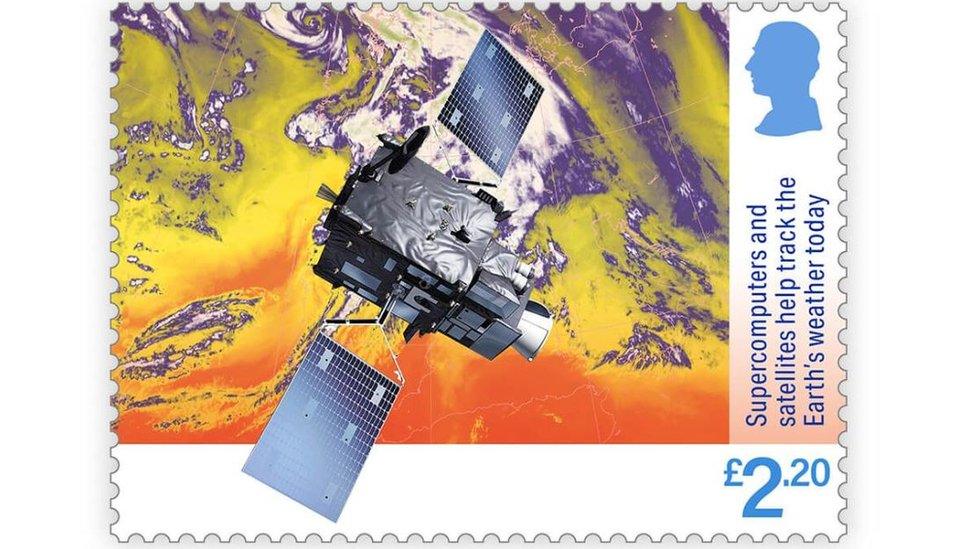
Professor Penny Endersby, chief executive of the Met Office said: “As these beautiful stamps demonstrate, the Met Office has constantly evolved from our roots at the pioneering edge of weather forecasting through to technical innovations of the modern era.”
